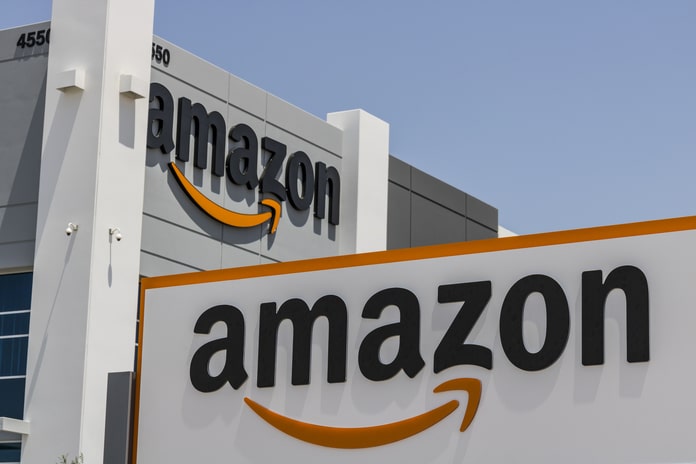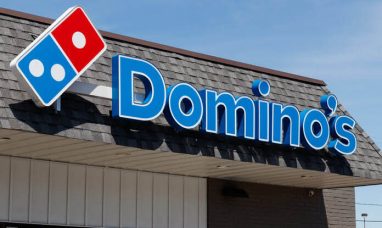As the holiday season hits its peak, Amazon (NASDAQ:AMZN) workers affiliated with the Teamsters union have launched delivery strikes at seven key hubs across the U.S. The strikes, centered on demands for better wages, benefits, and safer working conditions, come less than a week before Christmas—a critical period for retail and logistics.
While Amazon claims the strikes won’t disrupt holiday deliveries, the growing movement has spotlighted labor tensions within the e-commerce giant’s network. Here’s everything you need to know about the Amazon delivery strikes, including their origins, demands, and potential impact.
Where Are the Amazon Delivery Strikes Happening?
The strikes are concentrated at delivery hubs in key locations across the U.S., including:
Southern California (three hubs)
San Francisco, California
New York City, New York
Atlanta, Georgia
Skokie, Illinois
According to the Teamsters union, workers in these locations began picketing after Amazon missed a Sunday deadline for contract negotiations. The union claims to represent approximately 10,000 Amazon workers at 10 facilities and warns that additional locations are prepared to join the strikes.
While the exact number of participants remains undisclosed, Vinnie Perrone, president of a Teamsters local in metro New York, said the walkout would continue “as long as it takes.”
What Are the Workers Demanding?
The striking workers are calling for:
Higher Wages: Increased hourly pay for delivery drivers and warehouse workers.
Improved Benefits: Enhanced health care and retirement packages.
Safer Working Conditions: Protections against high injury rates and excessive workloads.
These demands stem from longstanding grievances among Amazon’s workforce. The unionization effort gained traction last year when a group of California delivery drivers working for an Amazon contractor voted to unionize.
Amazon has consistently denied being the direct employer of these drivers, a position challenged by the National Labor Relations Board (NLRB). In August, the NLRB classified Amazon as a “joint employer” of subcontracted drivers, increasing pressure on the company to negotiate.
Amazon’s Response to the Strikes
Amazon has taken a firm stance against unionization efforts, stating that the strikers are “almost entirely outsiders, not Amazon employees or partners.” The company argues that the Teamsters are misrepresenting the situation and insists that its operations will remain unaffected by the strikes.
In September, amid mounting pressure, Amazon increased hourly pay for its contracted drivers. However, the company has refused to recognize the Teamsters union or engage in contract negotiations, citing its subcontracting model.
Similar resistance has been observed at Amazon’s Staten Island warehouse, where workers unionized in 2022 with the Amazon Labor Union. The company has refused to negotiate, citing objections to the election results and filing a lawsuit challenging the constitutionality of the NLRB.
Will Holiday Deliveries Be Affected?
Amazon has assured customers that the strikes will not impact holiday deliveries. The company emphasized its ability to manage disruptions through:
A decentralized network of delivery hubs close to customers.
Strategic shipping schedules and partnerships with carriers like UPS (NYSE:UPS).
Contingency planning to minimize delays.
Despite these assurances, extended strikes could disrupt shipments in some metro areas, particularly if additional facilities join the walkouts.
The Bigger Picture: Labor Relations at Amazon
The Amazon delivery strikes underscore growing labor unrest within the company’s sprawling logistics network. While Amazon has resisted unionization efforts, the movement is gaining momentum.
The Teamsters union is leveraging collective action to force Amazon to the negotiating table, while affiliated organizations, like the Amazon Labor Union, continue their fight for recognition. These efforts reflect a broader trend of labor activism in the tech and logistics sectors, where workers are pushing back against corporate practices they see as exploitative.
What’s Next for Amazon and Its Workers?
As the strikes unfold, the future of labor relations at Amazon remains uncertain. Key developments to watch include:
Unionization Growth: Whether more facilities join the strikes or successfully unionize.
Legal Battles: The outcome of ongoing lawsuits and NLRB rulings regarding Amazon’s employment practices.
Public Perception: How these labor actions influence Amazon’s reputation among consumers and investors.
While the strikes may not immediately disrupt Amazon’s operations, they signal a growing challenge to the company’s labor model. With the Teamsters union ramping up pressure, the labor movement could shape Amazon’s operations for years to come.
Amazon’s approach to navigating these challenges will play a crucial role in determining whether it can maintain its dominance in the e-commerce and logistics sectors while addressing the demands of its workforce.
Amazon stock was down 2% in early trading Friday.
Featured Image: Megapixl© Jetcityimage









